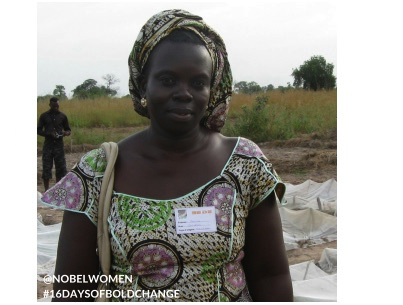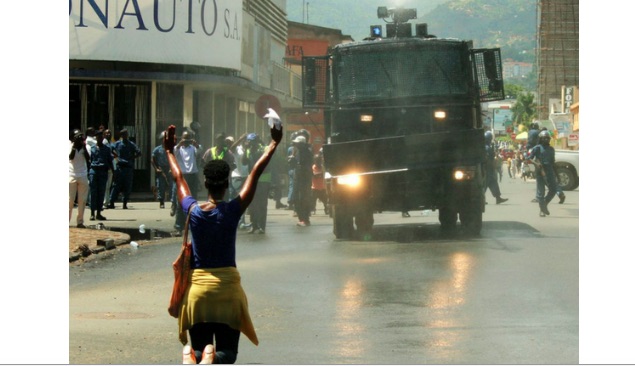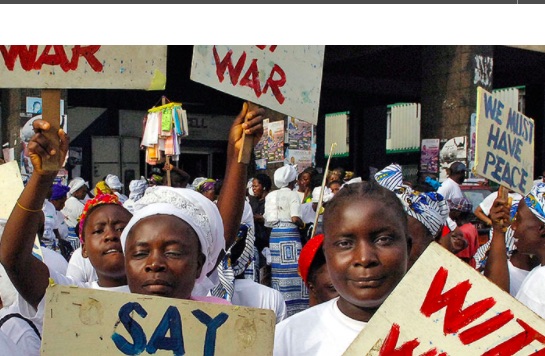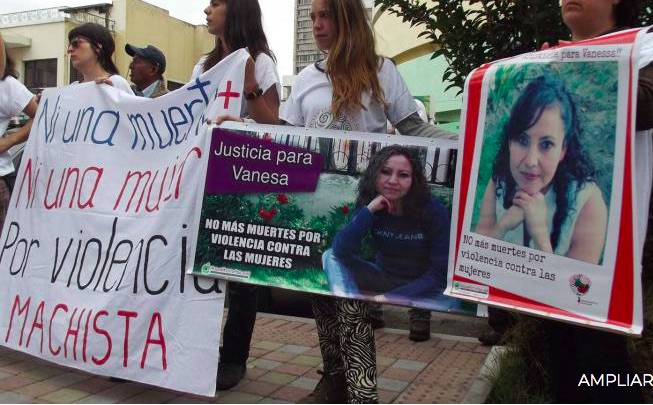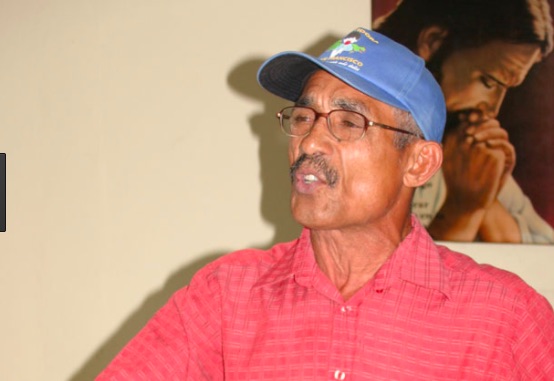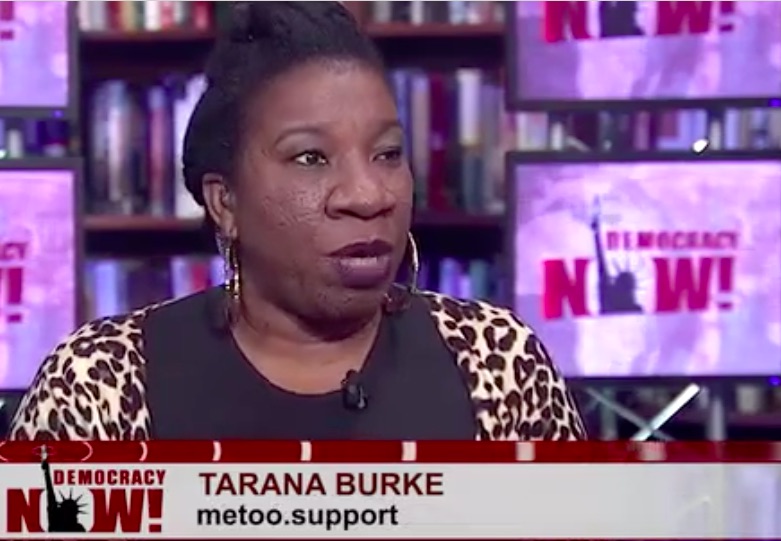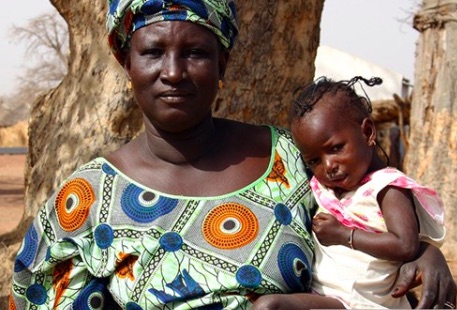. . WOMEN’S EQUALITY . .
An article from the Nobel Women’s Initiative
Youth peace activist. Marcela is a co-founder of PAZabordo (Peace On Board), a youth-led, grassroots peace-bus initiative that travelled around Colombia during the peace process promoting peace and linking youth in different parts of the country.
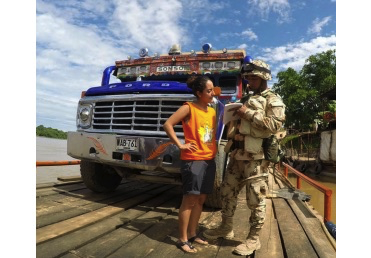
Photo courtesy of Marcela Fernandez
What inspired you to launch PAZabordo?
The war had been too long. The first week after the referendum [to accept or reject the peace agreement], people took over the streets of Bogota. I thought what we really needed was to connect the cities and rural areas—and find out who are the true peacebuilders. We wanted to find out for ourselves what people’s visions were for recovering from the war—whether they were healing their communities through hip hop, art, or agriculture.
And so you launched PAZabordo – a peace bus of sorts. Tell us about the journey.
We were a group of 40 people. We travelled around Colombia for forty days, over 7,000 km. We visited more than 50 territories, and 80 leaders. We travelled by chiva—which is not a bus, but the way local people move around towns. During the conflict, many of the chivas were not able to move around because of the violence. Now, peace has come, so using chivas was a symbolic act. They are also a symbol of joy, of parties, and happiness. So we wanted to represent all that when we entered the towns—we wanted people to see happiness come.
(Article continued in right column)
Do women have a special role to play in the peace movement?
(Article continued from left column)
How did you start?
We put it on Facebook, and the project went viral very quickly. People were telling us to come and visit. We had nothing; no resources, and it cost a lot to rent the chiva. We decided to start with a crowd-funding campaign, which was difficult because Colombians were not used to them. It helped, but we didn’t reach the goal, so we financed the whole experience using a combination of a sponsor, the crowd-funding, and symbolic donations by each of the passengers, whom we called “peace-engers”.
What was the concept of the program?
We went, not with an institution, but as Colombians. We wanted to show we were united. We wanted to connect leaders from different regions who were doing different things. We had a Whatsapp group, where all the leaders were connected together. It was a tool we implemented spontaneously, to have a place where people could talk. We also had radios so we could let our families and friends know where we were, and also for security. The idea developed along the way, but the mission was always to give visibility and show it was possible to travel around the country. We wanted to map out the implementation of the post-conflict ecosystem in Colombia.
What are some of the activities you did in the towns you visited?
We realized when we arrived in the communities, people wanted to be heard, to show us what they were doing, take advantage of the visit to tell us what had happened there. We realized listening was our greatest strength. Instead of giving a big performance, which was what we had intended in the beginning, we decided to listen to them. We visited many places far apart in a very limited time, so it was really taking advantage of every minute. Sometimes it was with the municipalities, or the mayors; it would change with every new place. Sometimes they were welcoming us with signs or at the parish, or sometimes they didn’t even know we were coming.
Who were you trying to engage on the PAZabordo?
Anyone! Any way they wanted to contribute to peace was welcome. All the people in the chiva helped us create activities in town. We had an initiative in which we wrote letters from municipality to municipality cultivating peace; we signed a big Colombian flag with all the people we met. We would project movies in the chiva for kids, we had photographers making documentaries and videos about what we were seeing. It was a very holistic, talented chiva, and everyone would use their unique talent to promote peace or spread the word.
What do you hope for the future of the project?
We hope to grow the resources and visibility of the program, to have it continue. We would love to bring together local leaders within a region, to allow leaders to share experiences with others in Colombia. And we would like to grow to include international participants. Instead of just coming to Colombia and just to visiting the beach, people could come here and have a great experience learning about peace, and the situation of Colombians.
(Thank you to Janet Hudgins, the CPNN reporter for this article)

